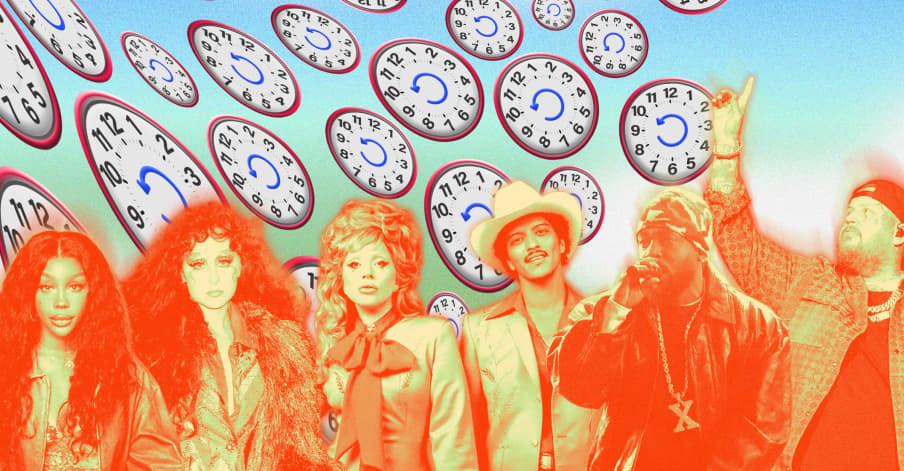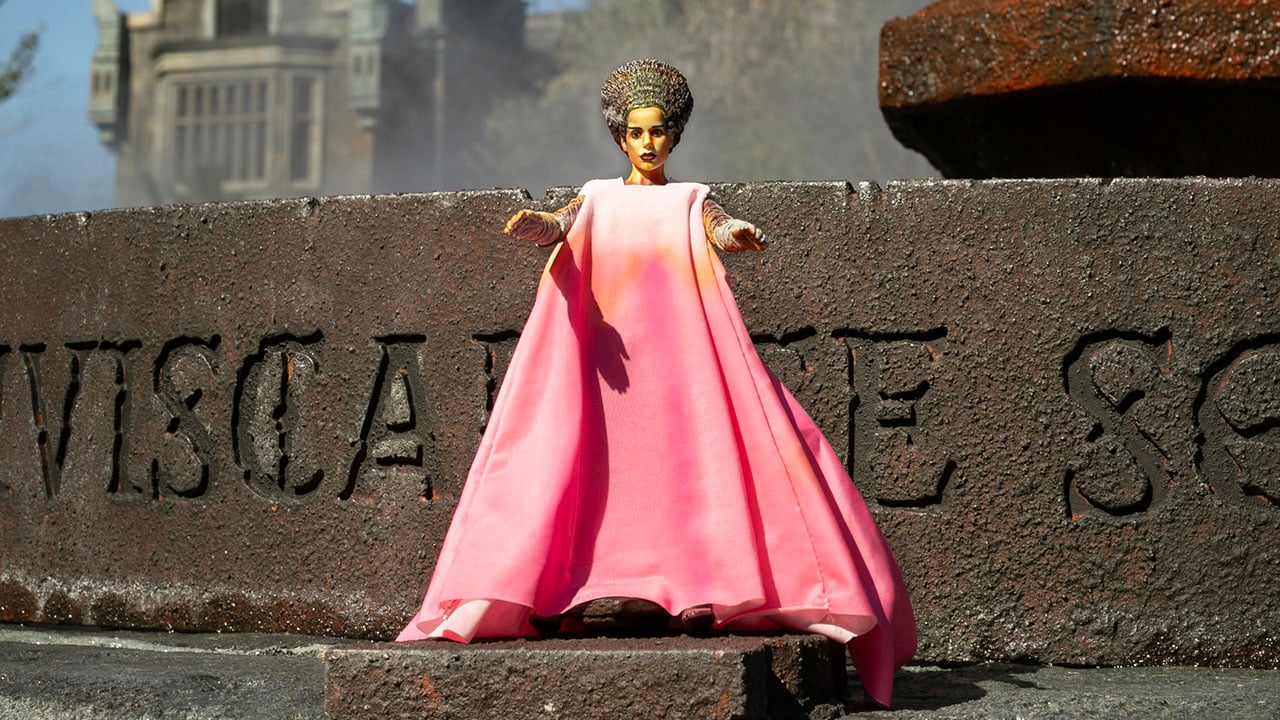How the Rage Virus Has Evolved ’28 Years Later’ with New Mutations [Interview]
It’s been almost three decades since the rage virus escaped a biological weapons laboratory in the new trilogy-starter 28 Years Later, and the infected have evolved since director Danny Boyle and screenwriter Alex Garland teamed on 28 Days Later. That presents a whole new set of obstacles and intense situations when young Spike (Alfie Williams) […] The post How the Rage Virus Has Evolved ’28 Years Later’ with New Mutations [Interview] appeared first on Bloody Disgusting!.
![How the Rage Virus Has Evolved ’28 Years Later’ with New Mutations [Interview]](https://bloody-disgusting.com/wp-content/uploads/2025/06/Screenshot-2025-06-17-123229.png)
It’s been almost three decades since the rage virus escaped a biological weapons laboratory in the new trilogy-starter 28 Years Later, and the infected have evolved since director Danny Boyle and screenwriter Alex Garland teamed on 28 Days Later.
That presents a whole new set of obstacles and intense situations when young Spike (Alfie Williams) leaves the safety of his community and embarks on a dangerous mission. Especially considering that the infected are still human.
Despite sharing common ground, the rage virus is grounded more in reality and doesn’t transform its infected into zombies, no matter how ravenous or violent they can be.
Screenwriter Alex Garland broke down his approach to evolving the infected for 28 Days Later in a recent chat. He tells Bloody Disgusting, “I think it was the product of conversation, and essentially, it went like this: if infected are still around, how are they still around? And actually, what happens is things just get enforced by that. They’re not really inventions; they’re just logical progressions. The infected are not supernatural. They’re not reanimated dead people. They’re actually just people who are sick, but that’s all they are.”

An infected with the barcam on the set of Columbia Pictures’ 28 YEARS LATER. Photo Credit: Sony Pictures/Miya Mizuno
Garland continues, “So they need to eat, they need to drink. If they’re going to eat, how are they going to eat? If it’s protein, they’re going to hunt. Then you look at the animal kingdom, and you see the way, say, dogs or wolves can hunt in packs or various kinds of essentially pack-like animals, which humans absolutely are. So they hunt in packs, and then you get alphas, which traditionally come out of a pack, some kind of dominant figure within it. But then also, would all humans do that? Well, maybe not. Some of them might not be very suited to hunting in a pack. There are other forms of protein. You can get it through earthworms or beetles that actually can provide quite a lot of protein and nutrients and so on. They would move more slowly.”
Food and food sourcing is a crucial part of the equation, but Garland took it even further. “Then, after that, the question of sex arrives,” Garland continues. “In a way, how human are they or how animal are they? Which is the same thing in some respects. To throw that into relief, you have a character played by Ralph Fiennes, who is clearly not really distinguishing between infected and non-infected people. He’s seeing them as a compassionate, rational doctor would see them, where you don’t really divide sick people and non-sick people. They’re just people in different states, and they need to be memorialized or thought about, or cared about in the same way.
“But really, all of those tree branches come back to the same thing, which is the infected are not supernatural, and if they’re still alive, how are they still alive?“

Dr. Kelson (Ralph Fiennes) and Isla (Jodie Comer) in Columbia Pictures’ 28 YEARS LATER. Photo Credit: Sony Pictures/Miya Mizuno
28 Years Later star Jodie Comer (Alone in the Dark), who plays Spike’s mother, Isla, provided additional insight on what to expect on how the mutations have affected the infected and how the practical effects helped the actors’ performances. Comer explains, “[They] were inspired by mythology. There are certain aspects of these mutations that are representative of different species, and it was amazing to see the actors embody that, by the way.
“A lot of these actors were spending six hours in hair and makeup every morning and then coming to set and just taking on these forms, which made it so much easier for us because there was no green screen. It was all very real for us, which was very helpful.”
28 Years Later brings the rage virus back to theaters on June 20, 2025.
The post How the Rage Virus Has Evolved ’28 Years Later’ with New Mutations [Interview] appeared first on Bloody Disgusting!.




![Relive Old School Arcade Thrills With New Gameplay Trailer for ‘Toxic Crusaders’ [Watch]](https://bloody-disgusting.com/wp-content/uploads/2025/06/toxiccrusaders-1.jpg)























![“[You] Build a Movie Like You Build a Fire”: Lost Highway DP Peter Deming on Restorations, Lighting and Working with David Lynch](https://filmmakermagazine.com/wp-content/uploads/2025/03/1152_image_03-628x348.jpg)






















![Reinventing the Present [10]](https://jonathanrosenbaum.net/wp-content/uploads/2011/05/10-driver3.jpg)
![Red Tape [THE STORY OF QIU JU]](https://jonathanrosenbaum.net/wp-content/uploads/2011/06/thestoryofqiu.jpg)

























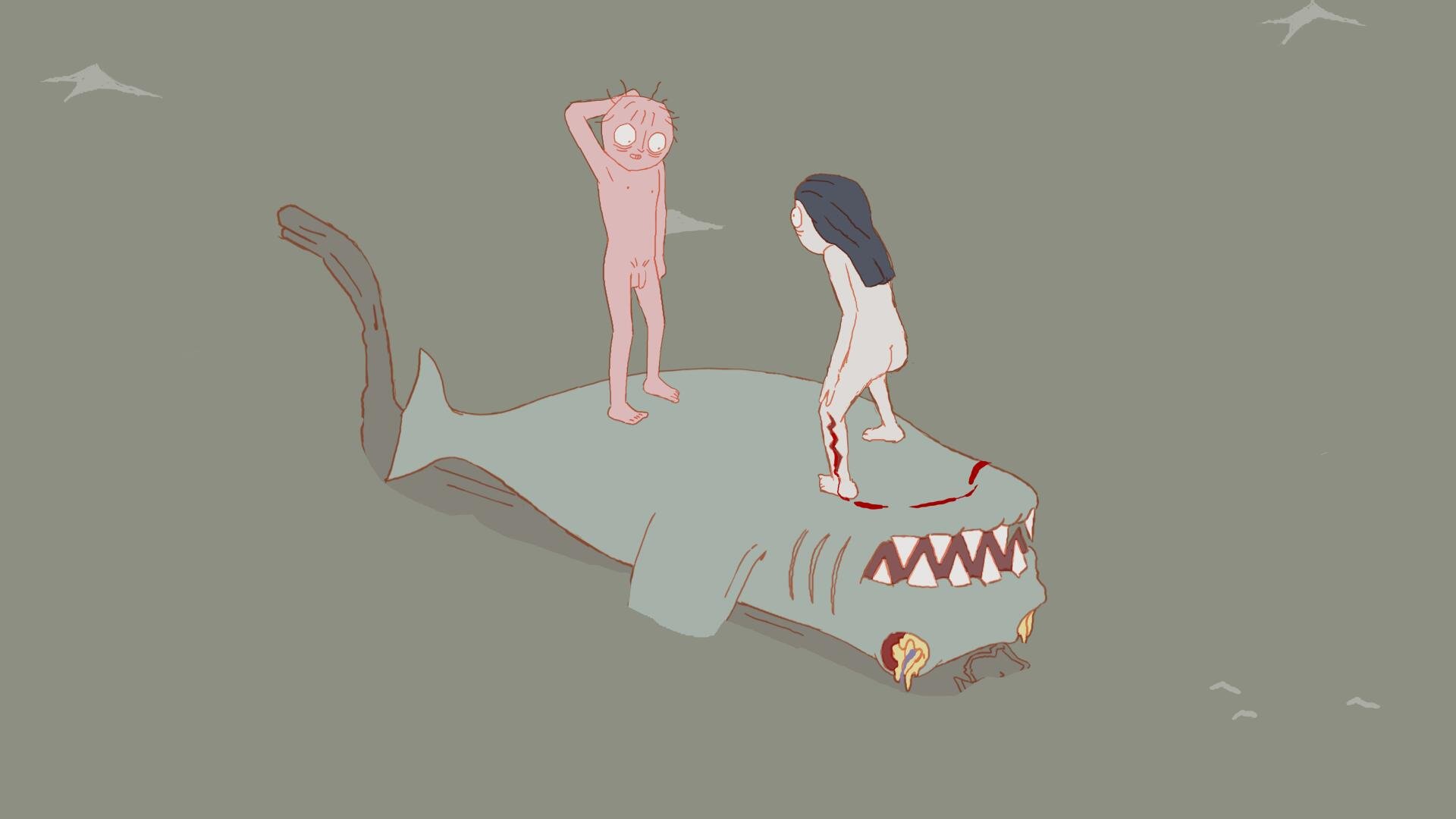
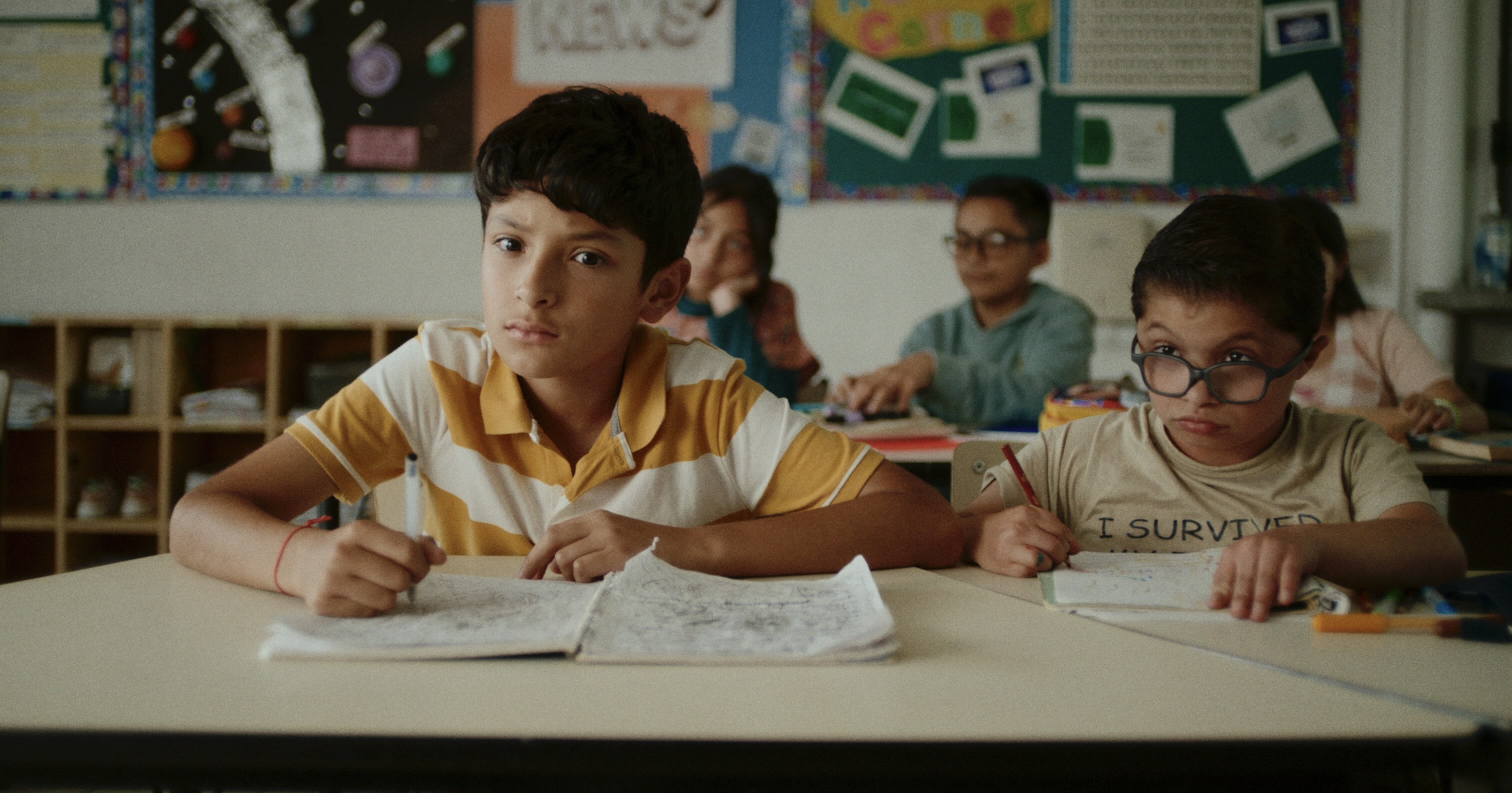


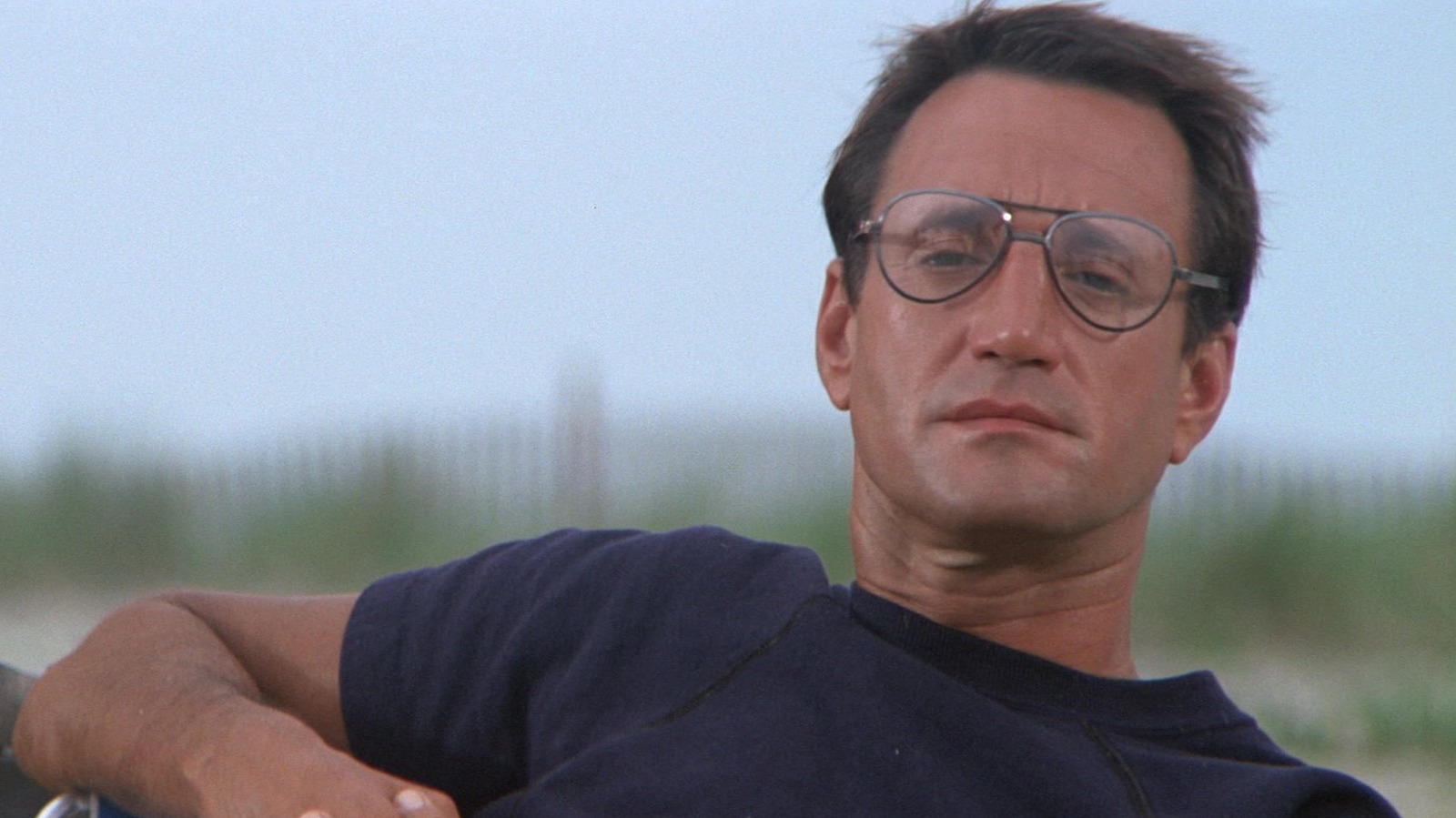

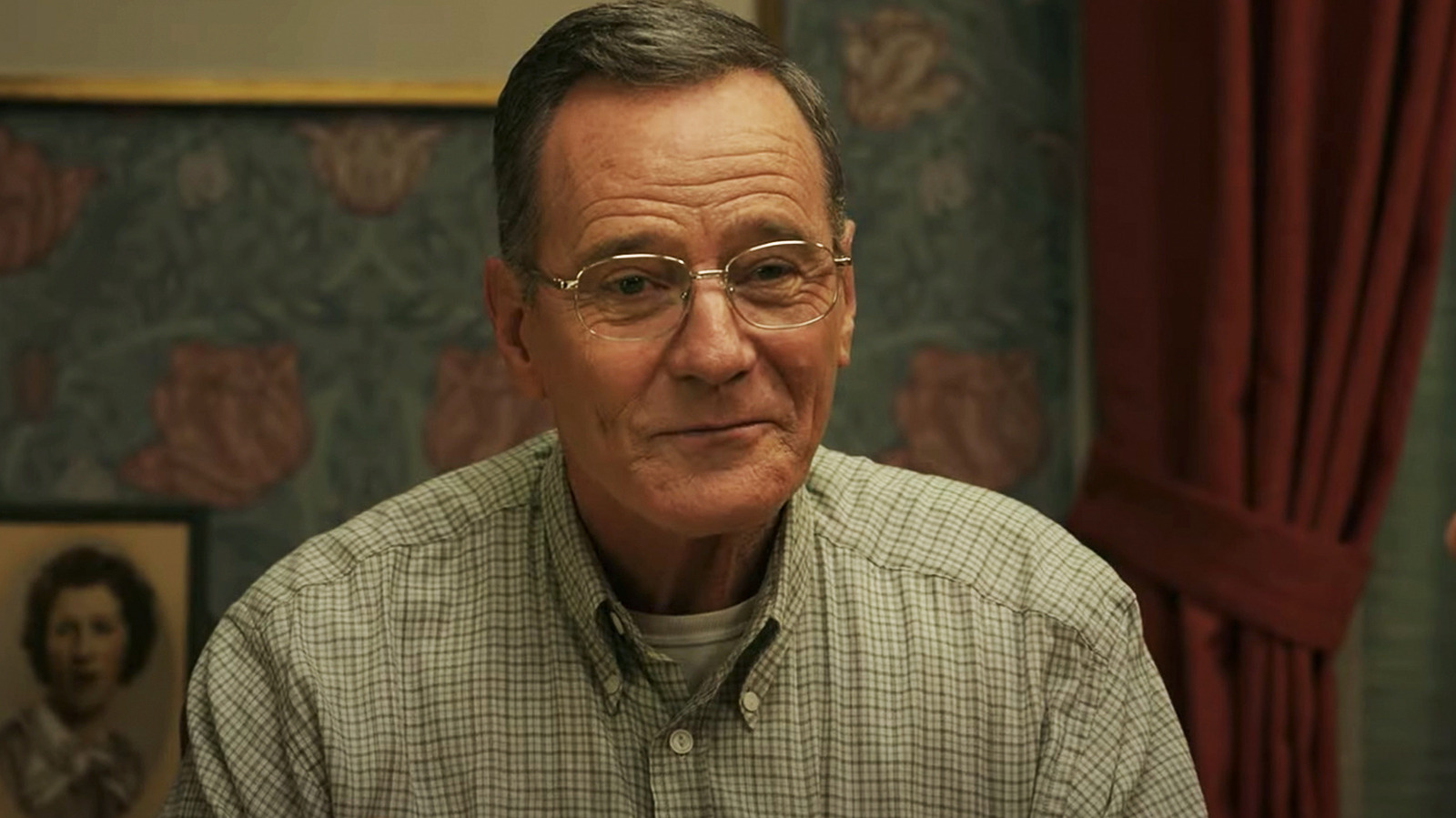






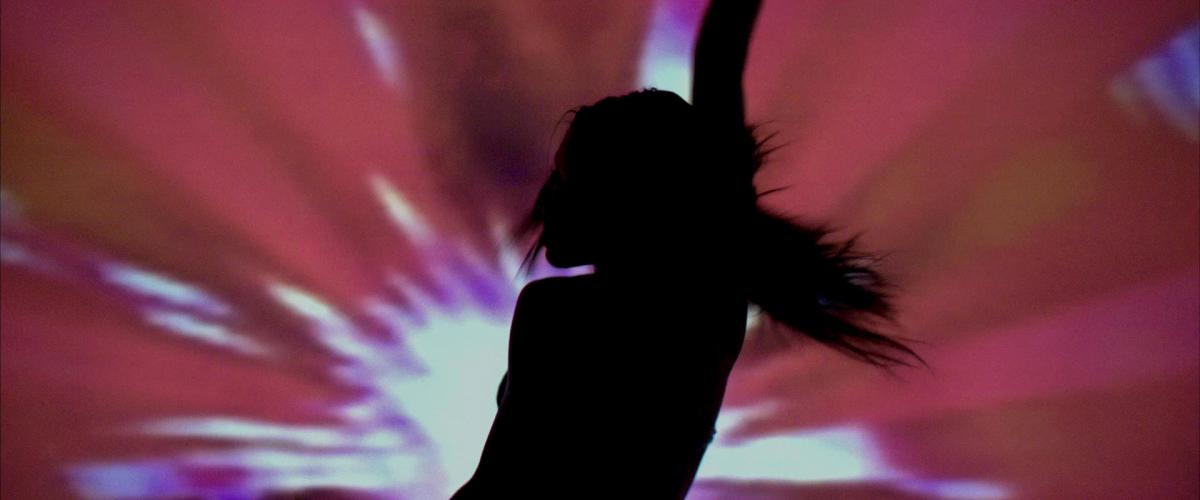



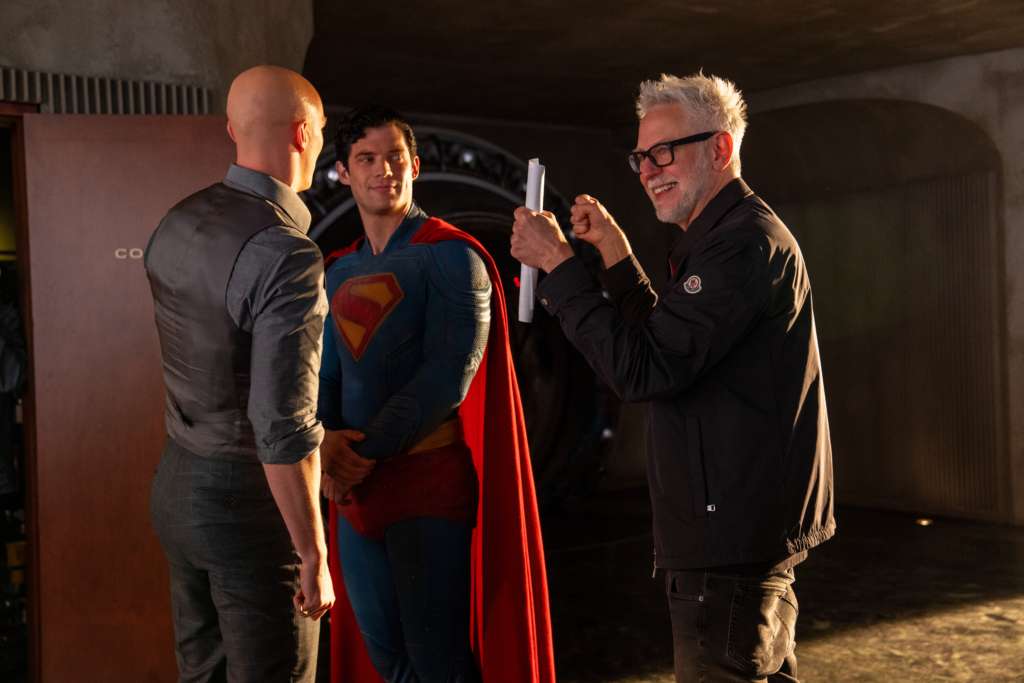














































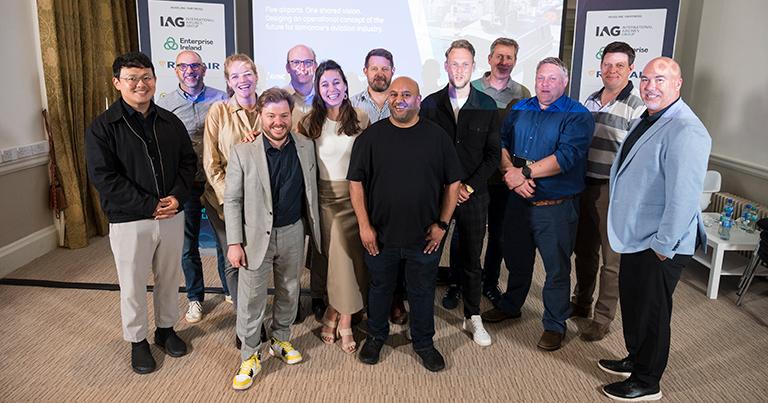







































































































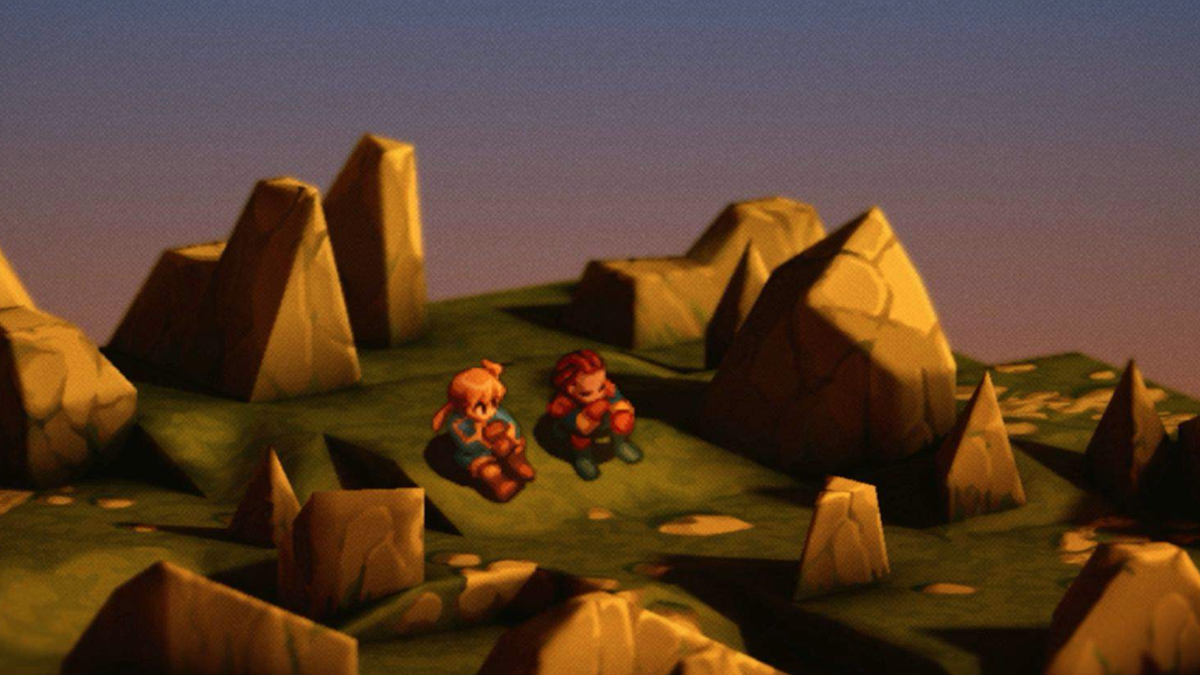








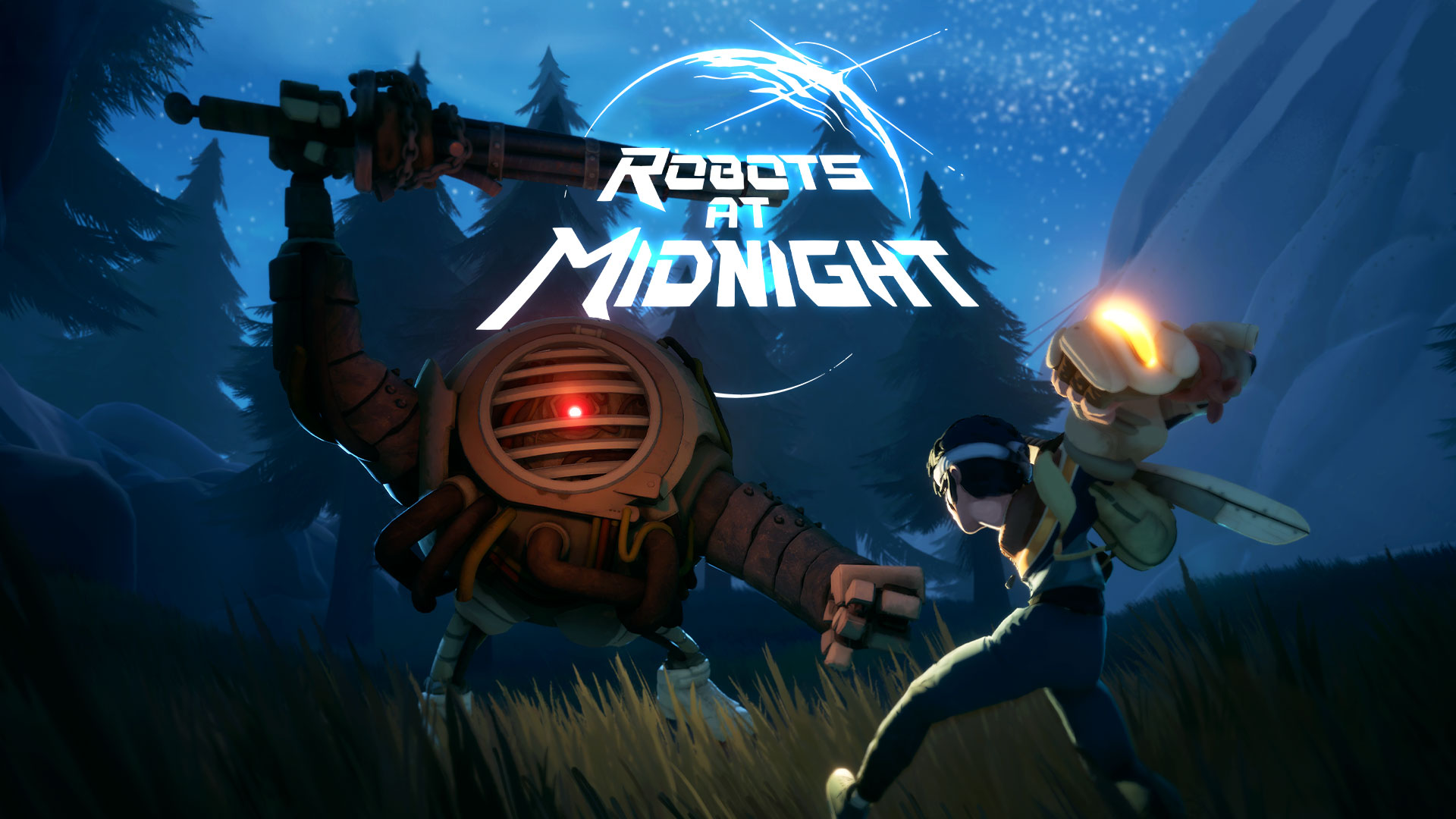









































































































.jpg)









![[Podcast] Problem Framing: Rewire How You Think, Create, and Lead with Rory Sutherland](https://justcreative.com/wp-content/uploads/2025/06/rort-sutherland-35.png)
































































































